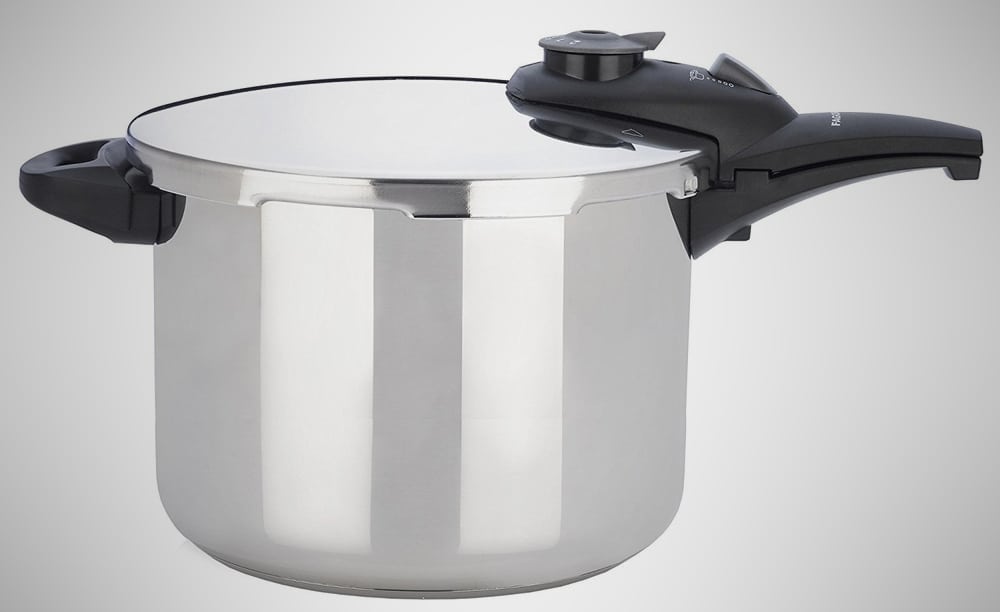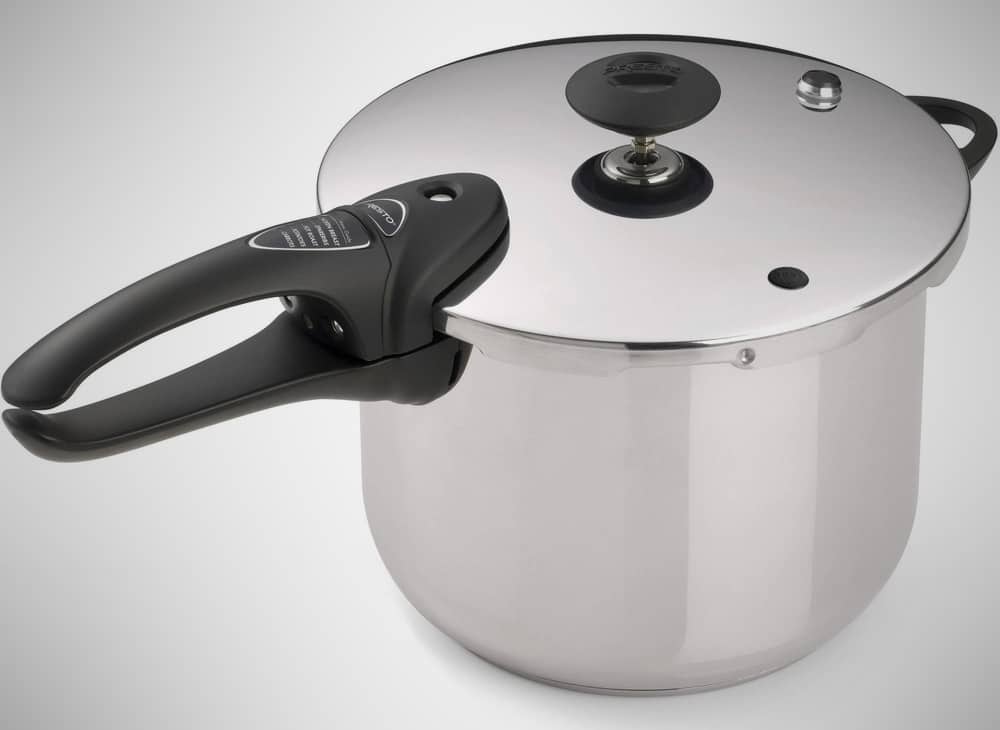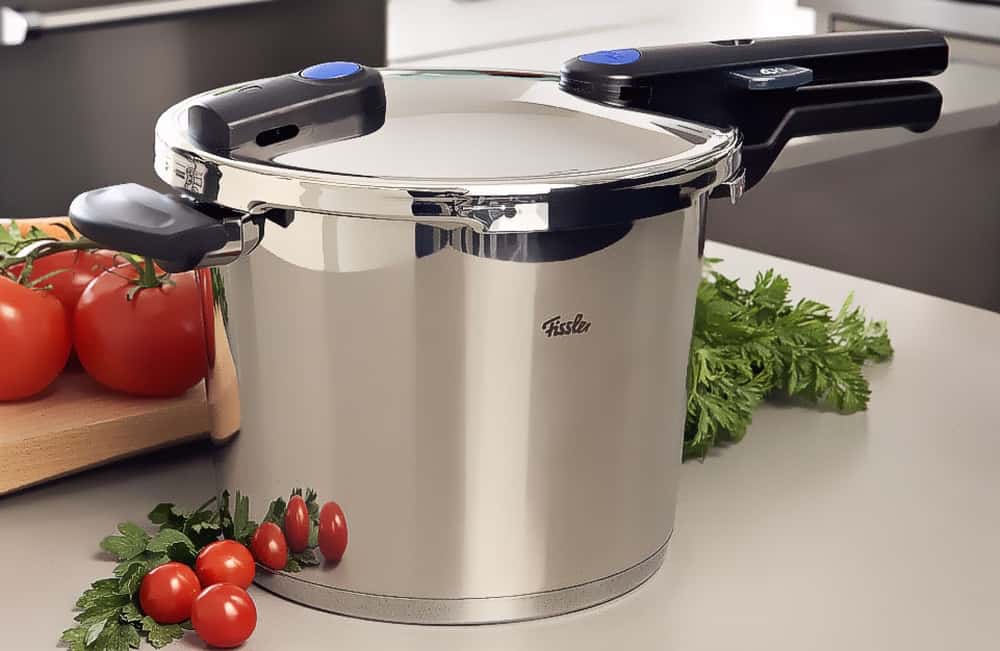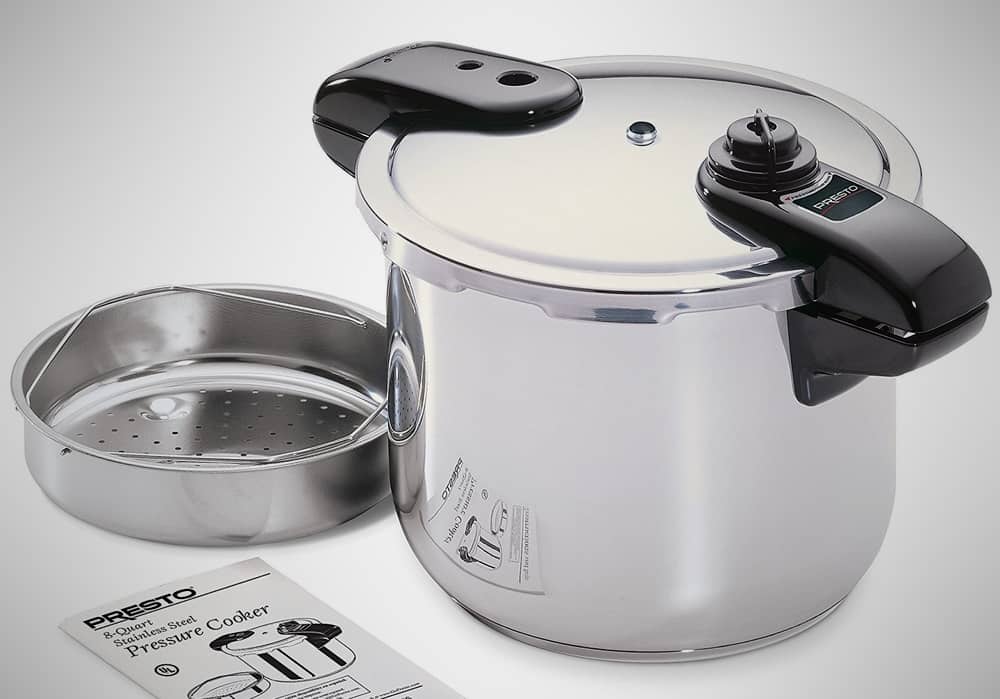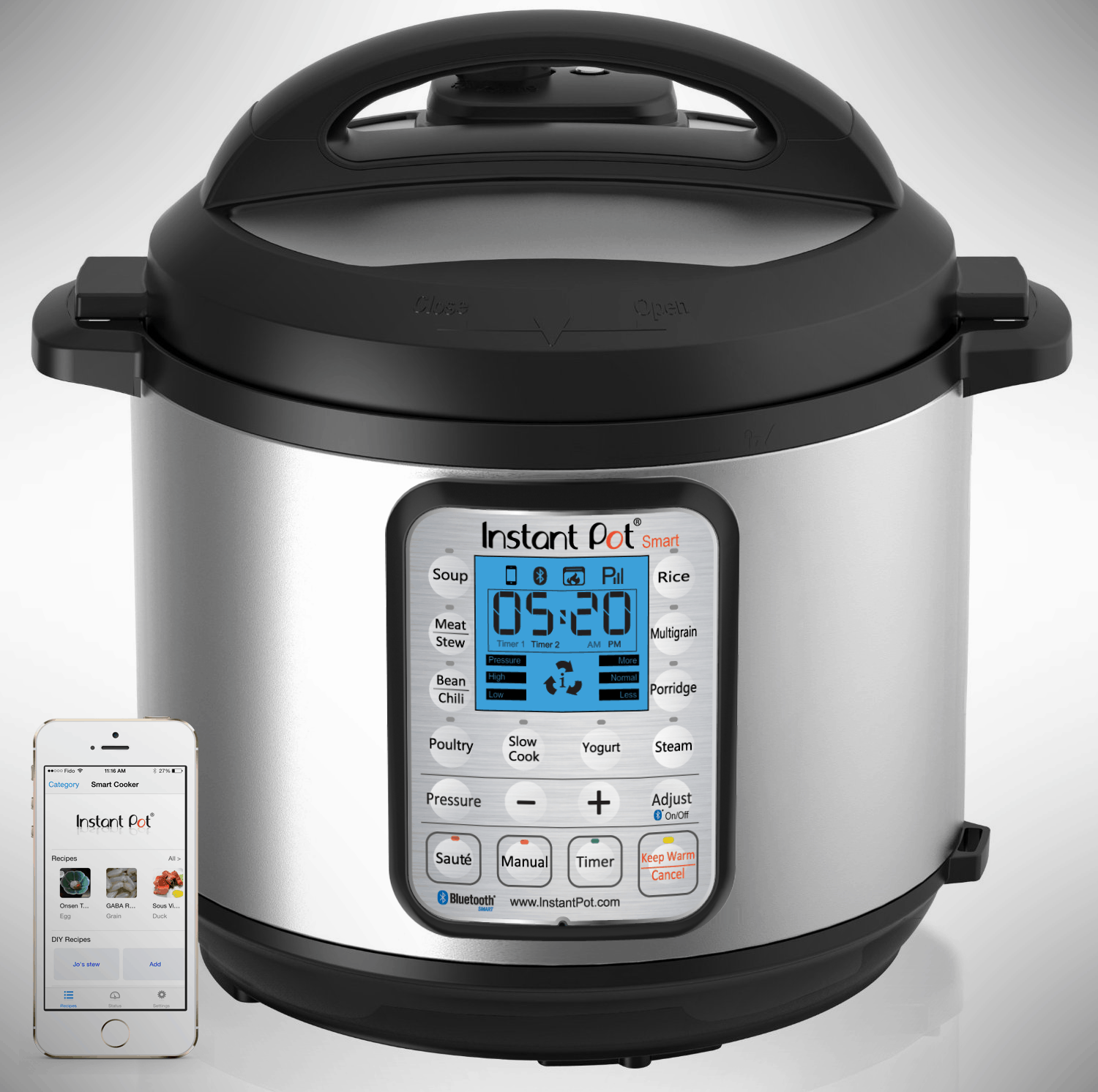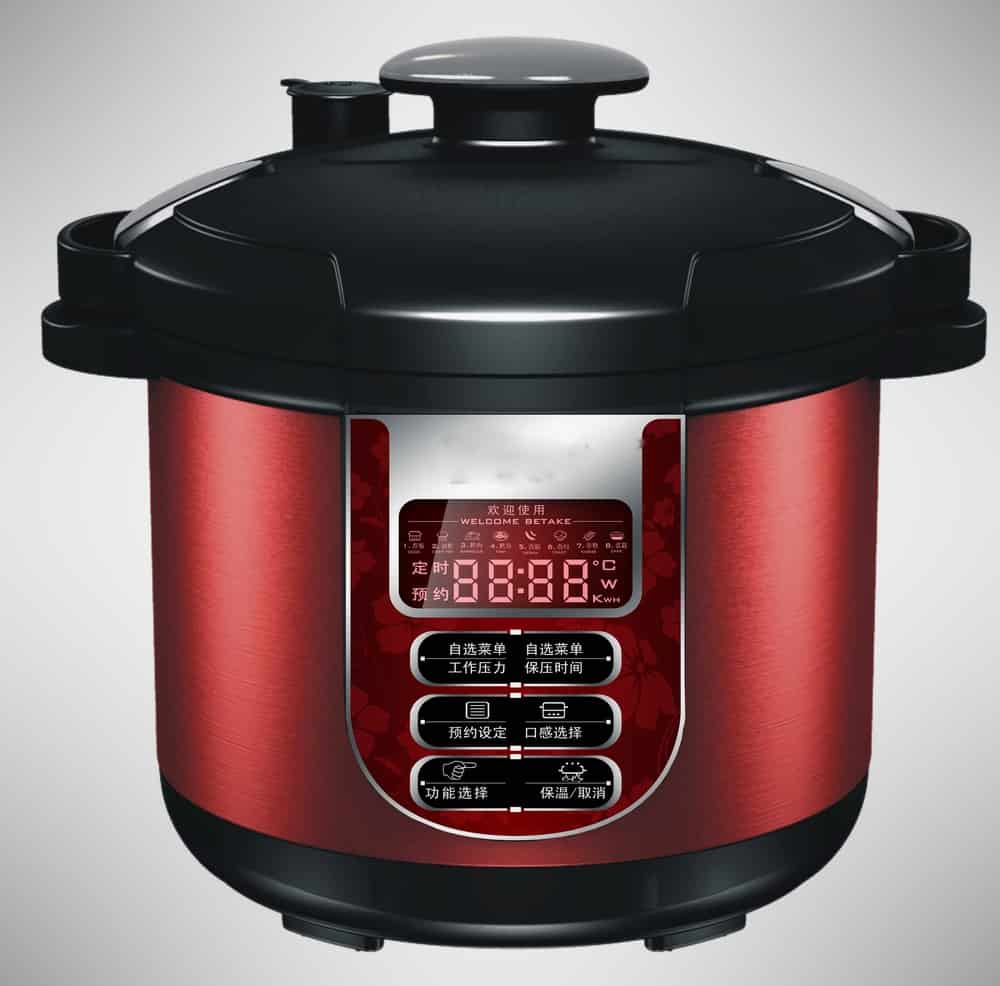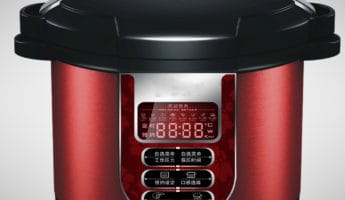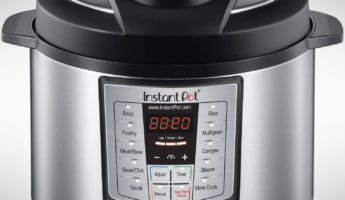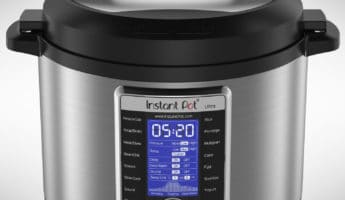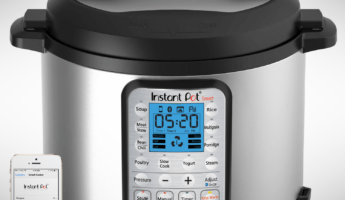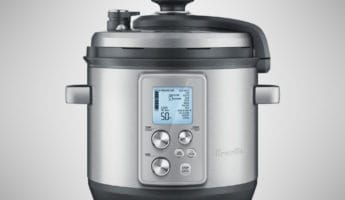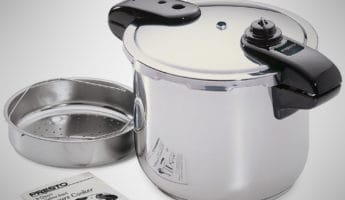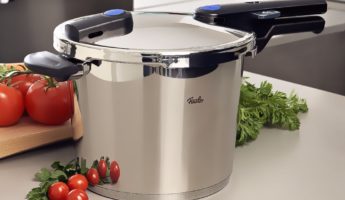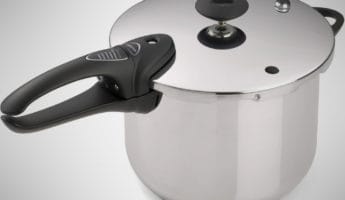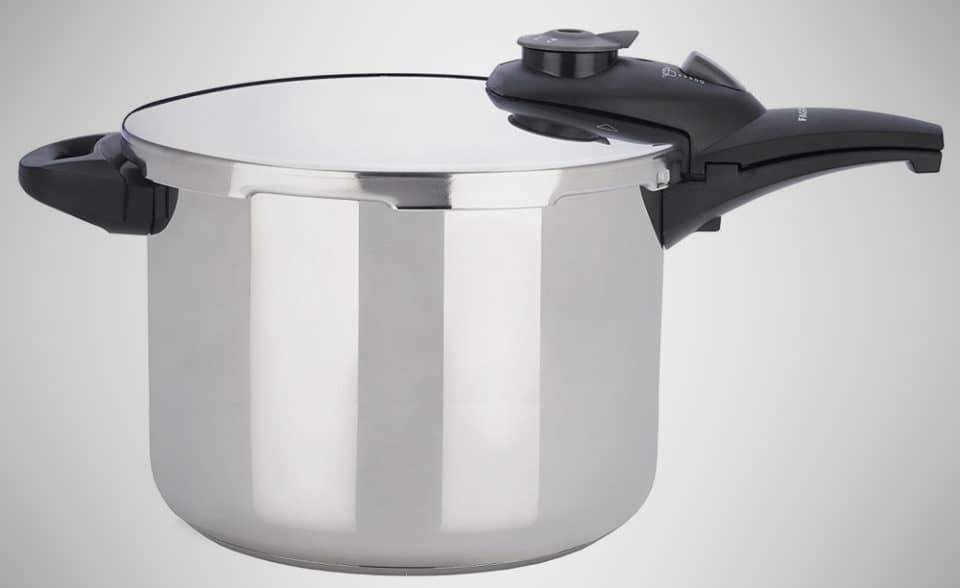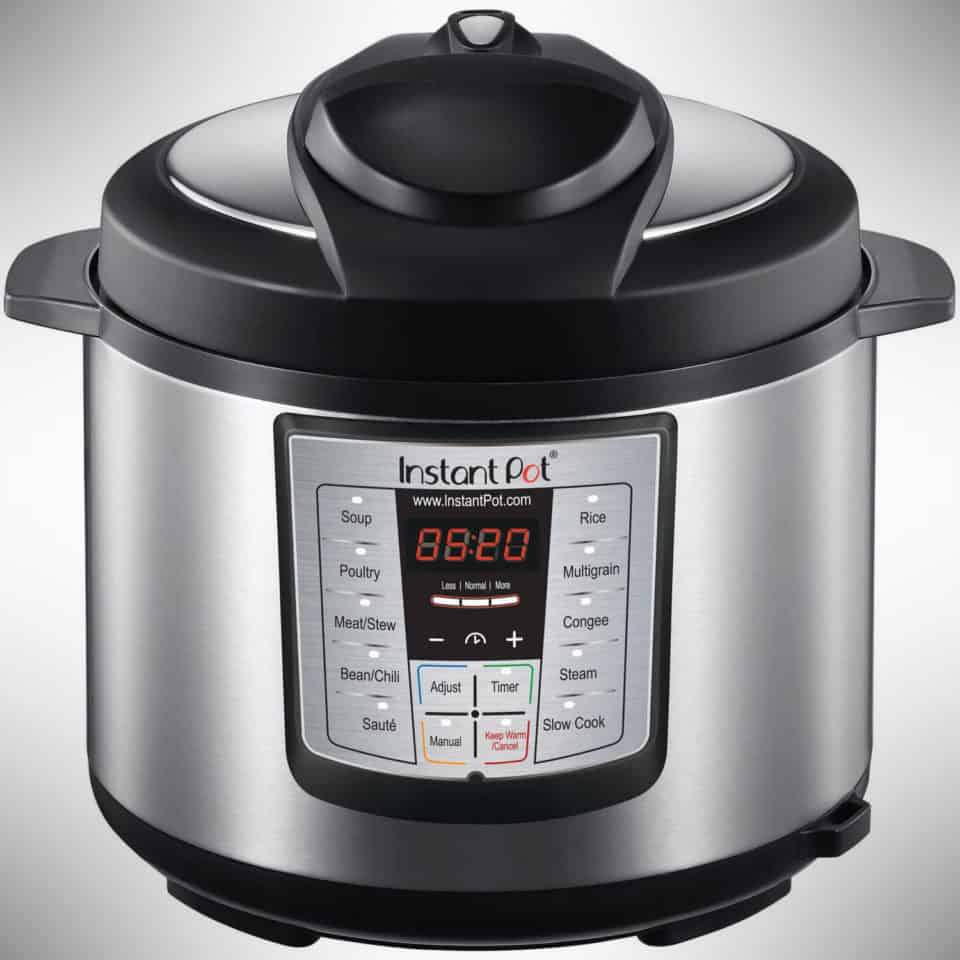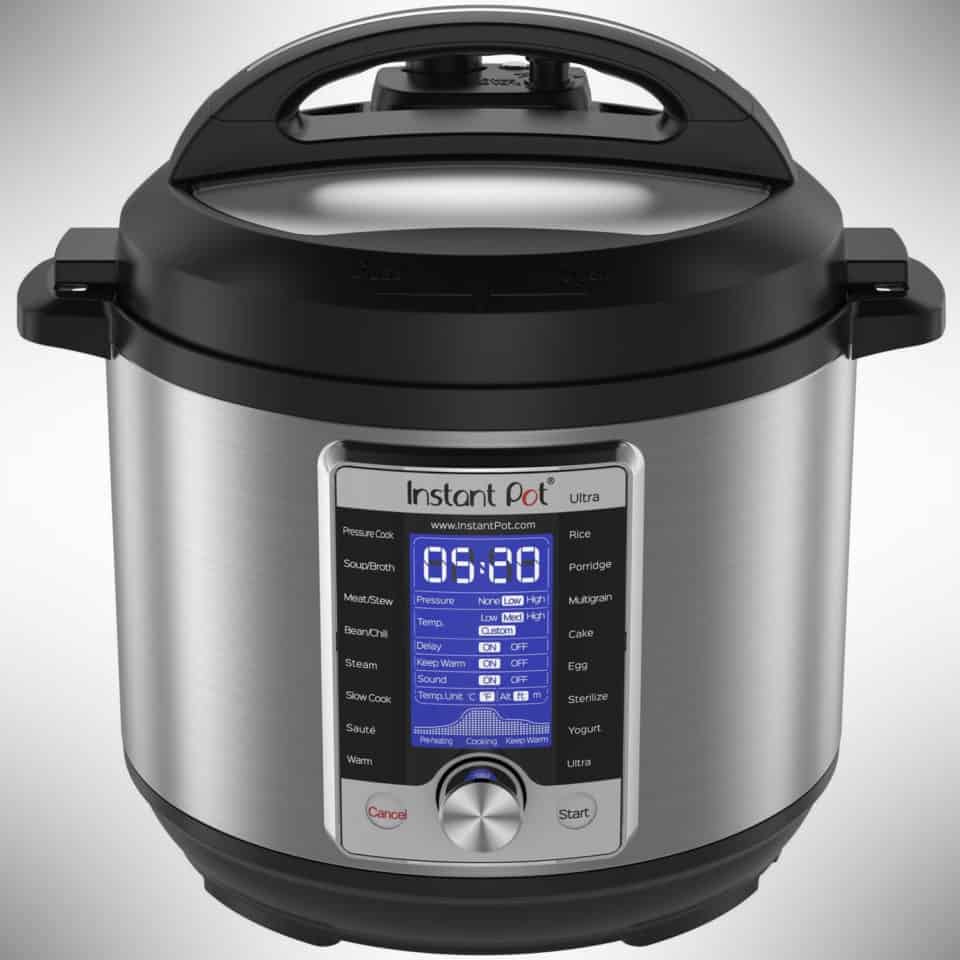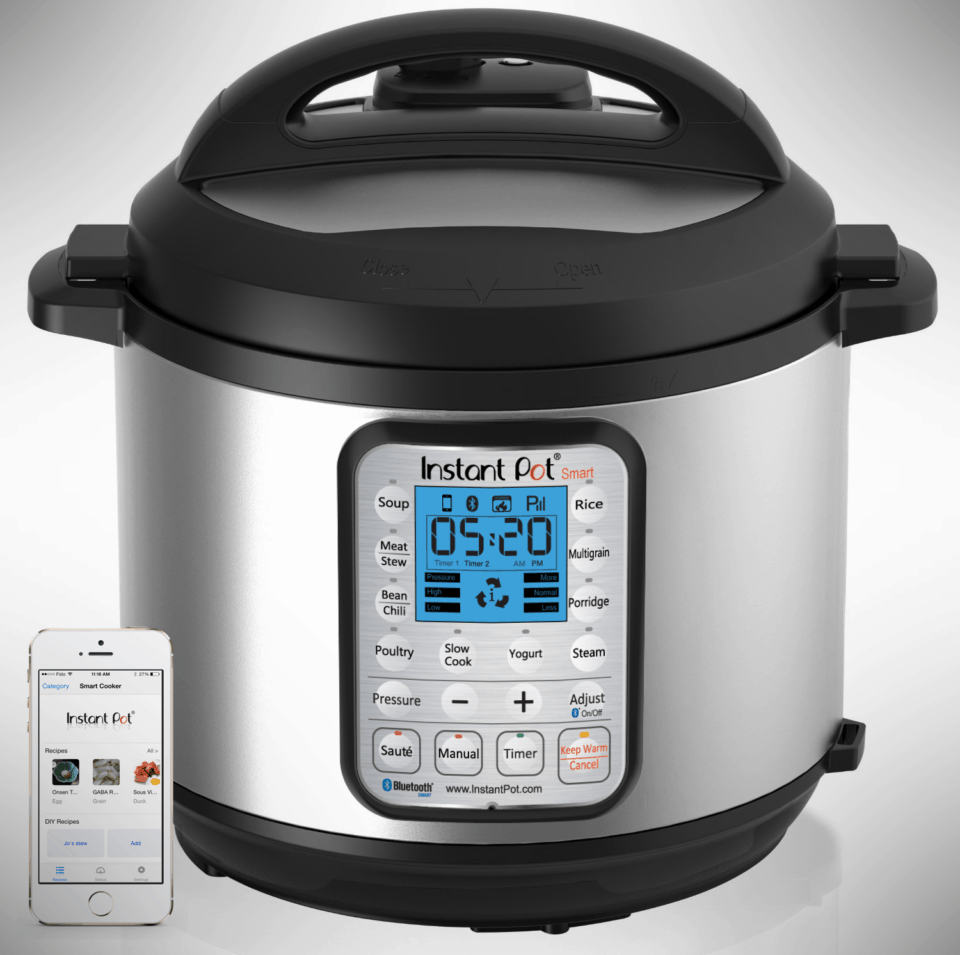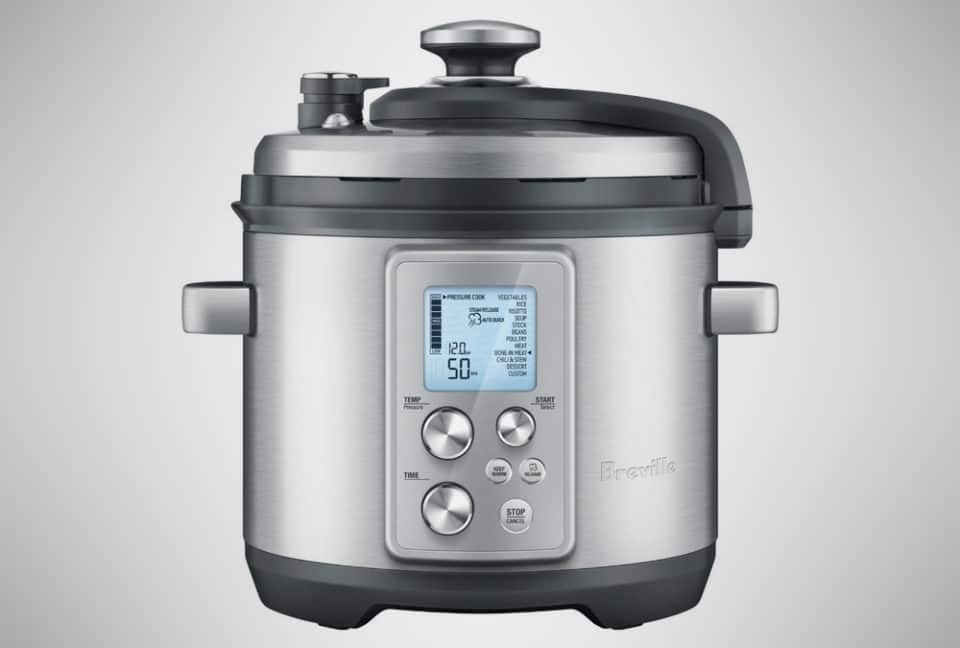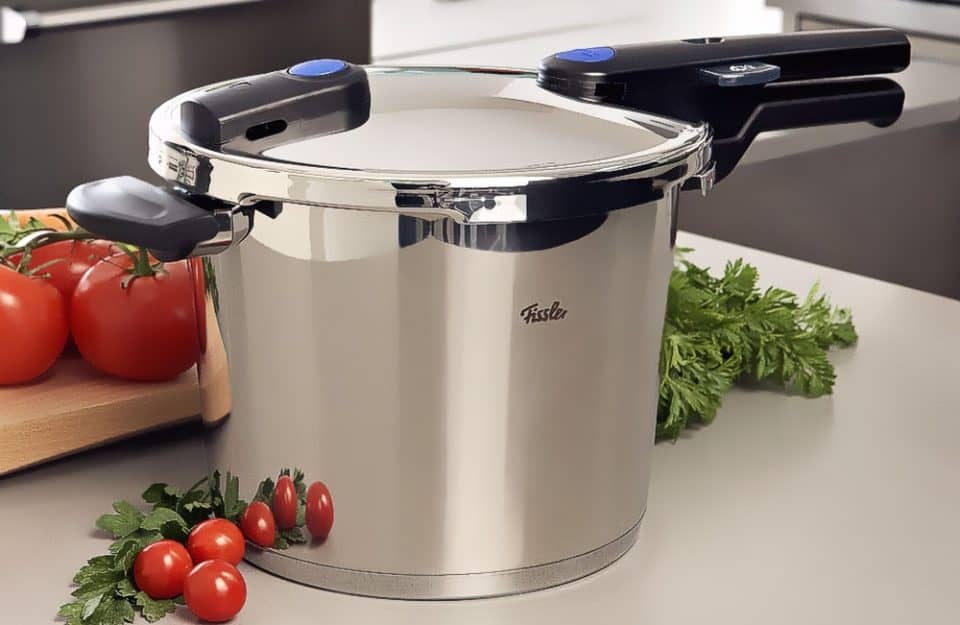Types of Pressure Cookers
Pressure cookers come in two major flavors: Electric and stove-top. As you might imagine, electric ones plug in and do the work as a free-standing autonomous unit. Stove-top options require that you physically put it onto a burner. The way to determine which is right for you depends mostly on how much work you want to do.
Electric
Using an electric pressure cooker, you can set it and forget it, leaving it to do the job while you sit back with a good scotch. They look like slow-cookers – AKA crock-pots – or rice cookers, and operate much the same way. In fact, electric pressure cookers can do the same jobs as slow cookers and have settings specifically for that. With a good electric pressure cooker you are also buying a good slow-cooker and rice cooker, which is worth consideration during the selection process.
Stove-Top
A stove-top pressure cooker necessitates that you monitor it and are more actively involved in the cooking progress, though no more so than you would with any other boiling pot. These don’t carry a lot of digital settings and smart programming, so you’re also going to need to have a decent handle on how they work, though the learning curve is small and simple. If you can boil an egg you can learn a stove-top pressure cooker in no time flat. Typically individuals who want or need a very specific outcome, or who don’t need complicated gadgets go the stove- top route. These are also better for searing or browning meat than their electric counterparts, so carnivores should make note. For our purposes, we looked at both kinds so that every cook of any skill level had the tools to do the work.
What Makes a Good Pressure Cooker
The simple answer to this is a pressure cooker that does the job. Anything that heats evenly, cooks rapidly, and doesn’t break down or fall apart qualifies as good. In the electric field, we chose those that had added features above and beyond just making a damn succulent pot roast. For the stove-top models, we wanted items that could stand up over time and abuse, offered extra options, and produced results we’d be proud to put on our table. These were the ones that measured up.
Presto 01370 Stainless Steel
You can go cheaper on a pressure cooker, but know that one of the first things to go out the window on less expensive options is safety. With the Presto you still have loads of safeguards on the valves to avoid steam burns from cooking you, along with your food. There’s little to it, as it’s a one-setting, one-stop kind of cooker that does its solitary job well, but without nifty features or special settings. If you are new to the pressure cooker game, or don’t plan to use it often, you get a lot of safety and quality for a little investment. Purchase: $59
Instant Pot IP-DUO60
Instant Pot – or InstaPot depending on who you ask – is the best mid-range pressure cooker brand out there, and when it comes to getting the most for your money, it’s the choice to beat. The interior is uncoated, which can cause some sticking, but gives it longer life and fewer problems overall than going with a non-stick option. Just make sure to spray it down or grease it up and you’ll have no problems. It has smart safety mechanics to avoid burning your food or your body, lots of settings that are easy to use and understand, along with a quality temperature gauge that goes beyond “Low, Medium, and High” like many mid-priced options. From pros to greenhorns, this is the best bet. It sautés like a dream! Purchase: $100
Instant Pot Ultra
An immense display that tells you more than you ever need to know about your food, coupled with premium settings and options that blast out pots more than twice the price, the Ultra has the same uncoated bowl as the DUO60 with an even easier interface. It can give you as much or as little control as you want, swapping between making yogurt, braising chicken, and browning beef before going into full stew mode in no time. Managing to shave off time even when compared with other quick cookers, the Ultra is an astounding piece of hardware that complements any diet gladly. Purchase: $150
Instant Pot IP-Smart
For the technologically savvy who want to be able to program and operate their pressure cooker remotely, this is going to be your only fully functional choice. You slap the Instant Pot app onto your device of choice and go to work. It has all the same features of its cheaper cohorts, the Ultra and the IP-DUO60, adding in only wireless interfacing. Purchase: $160
Breville Fast Slow Pro
If you simply must have an electric cooker with a coated interior bowl, then the Fast Slow Pro is the best choice, though its difference in functional cooking capacity when compared against the options from Instant Pot do not warrant the severe jump in cost. The big, bright, friendly LCD screen gives you a lot of information and plenty of settings to get your food picture perfect. It can even adjust for your altitude, which is helpful for determining how much pressure to apply so that recipes don’t accidentally over or under cook. Frankly, in operation, this is no better than the Instant Pot Ultra, but it looks prettier, capturing the aesthetically-minded market. Purchase: $250
Fissler Vitaquick
Here’s where you go when you plan to do a lot of browning of meats and demand exceptional quality and long life from your cocina gear. It won’t scorch the way most pressure cookers do, but gives an even searing across the whole body of your meaty meal, which speaks to how evenly distributed the heat is. This comes in no small part from the tri-ply disk that the pot sits atop, which allows for even heat and longer heat retention, so your meal won’t get cold quickly even after you shut down the burner. Believe that you’ll be going back for seconds and want them warm. Purchase: $299
